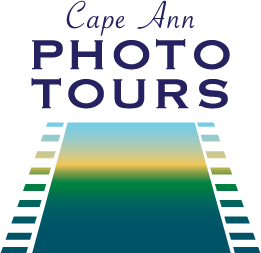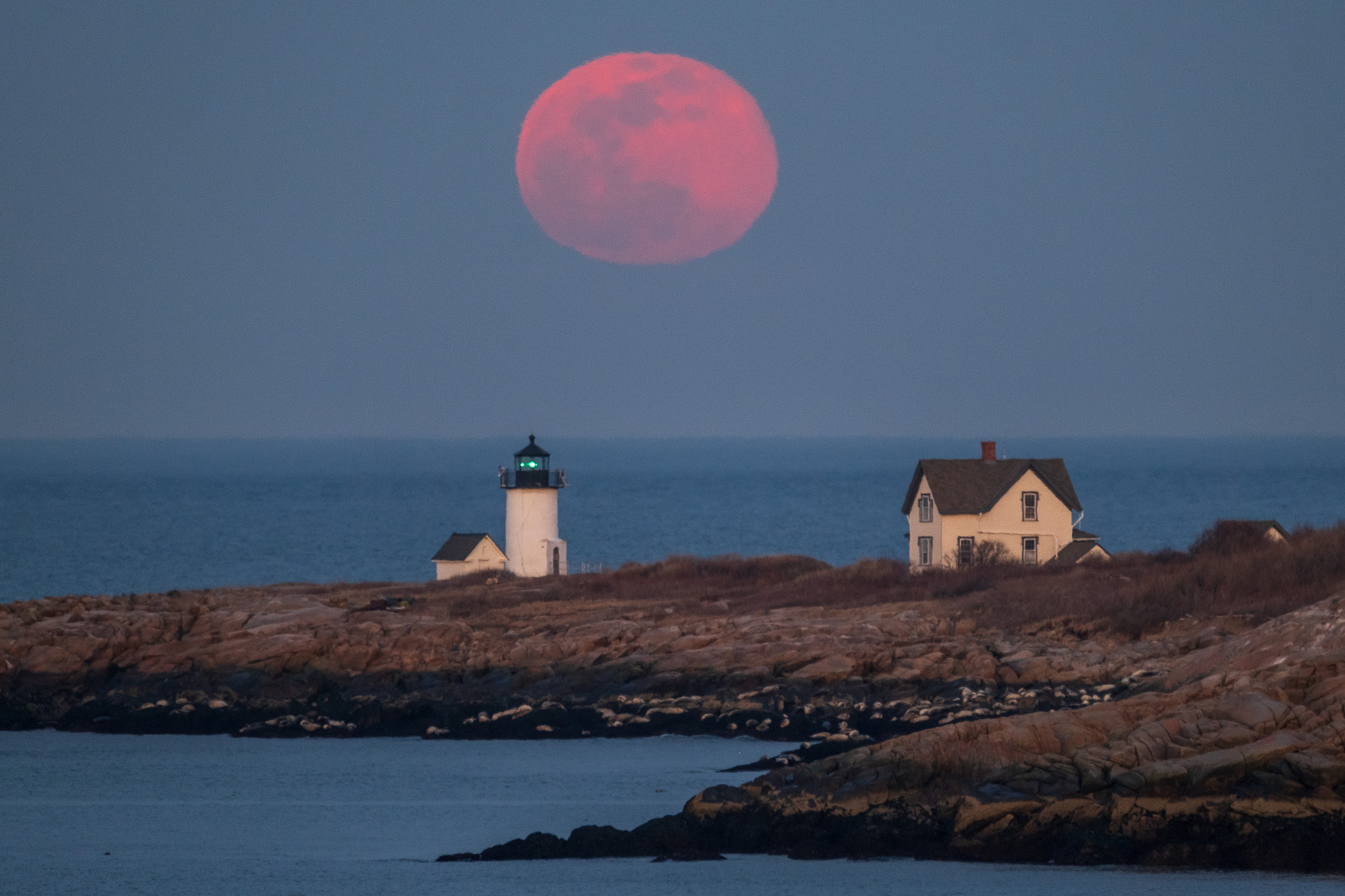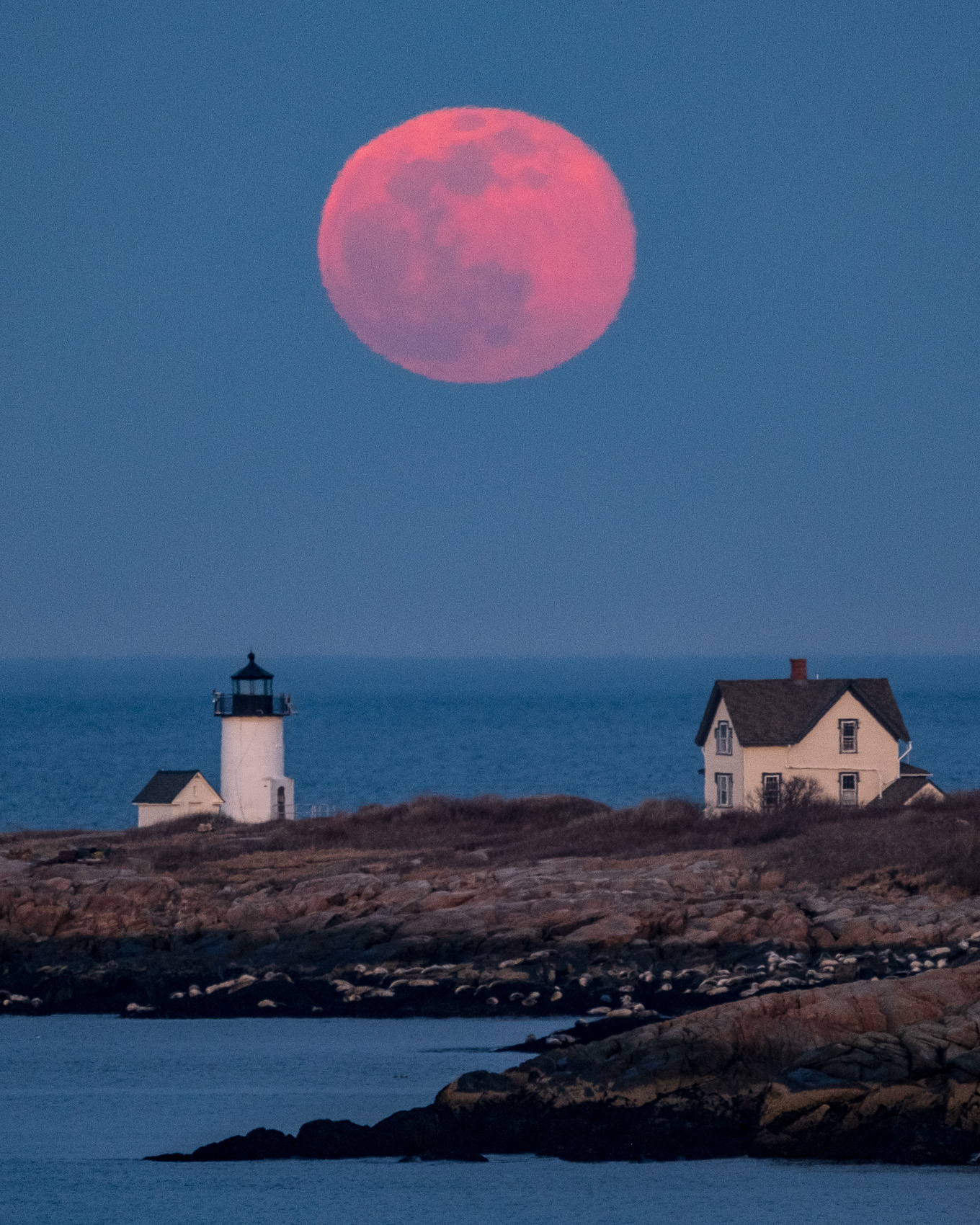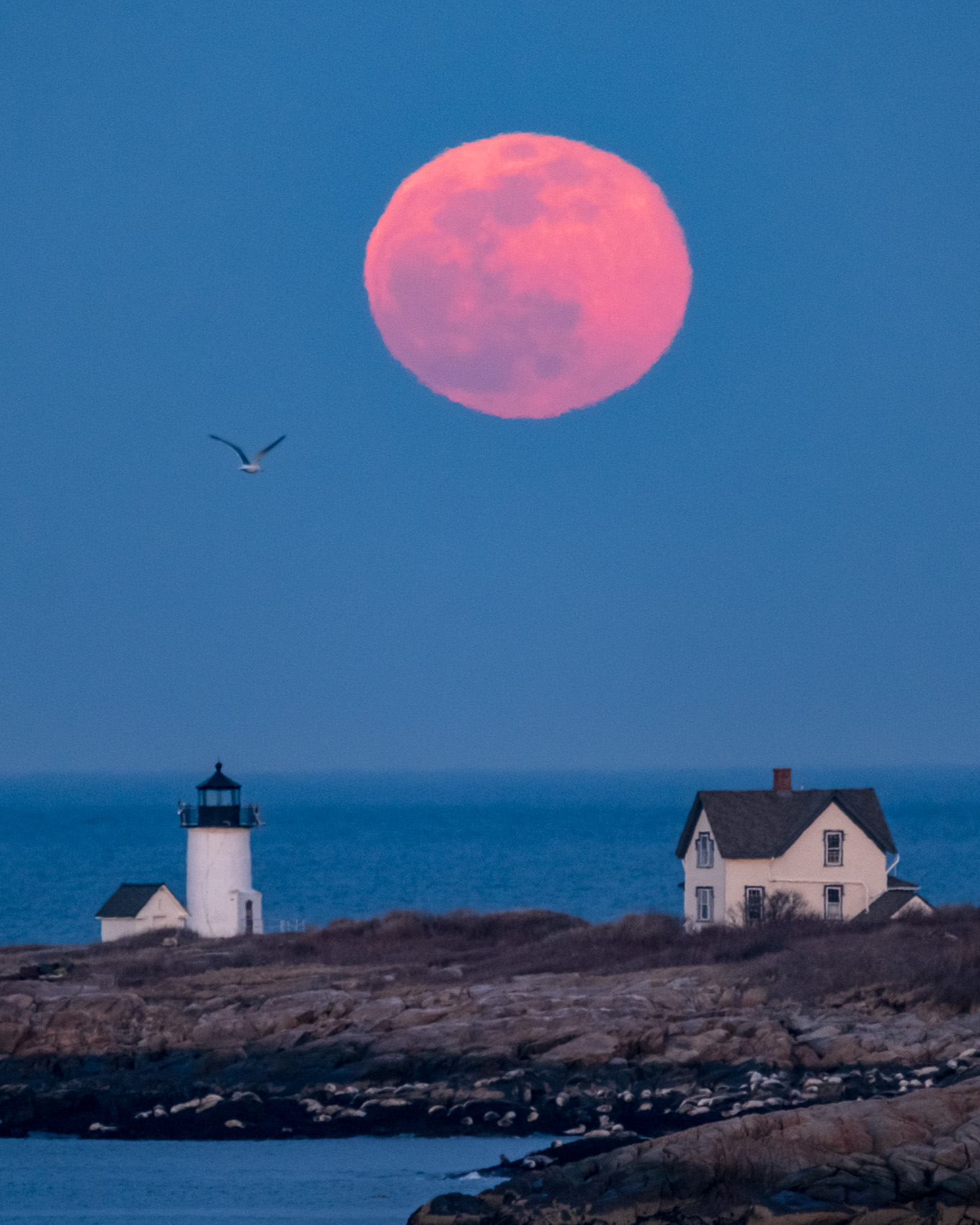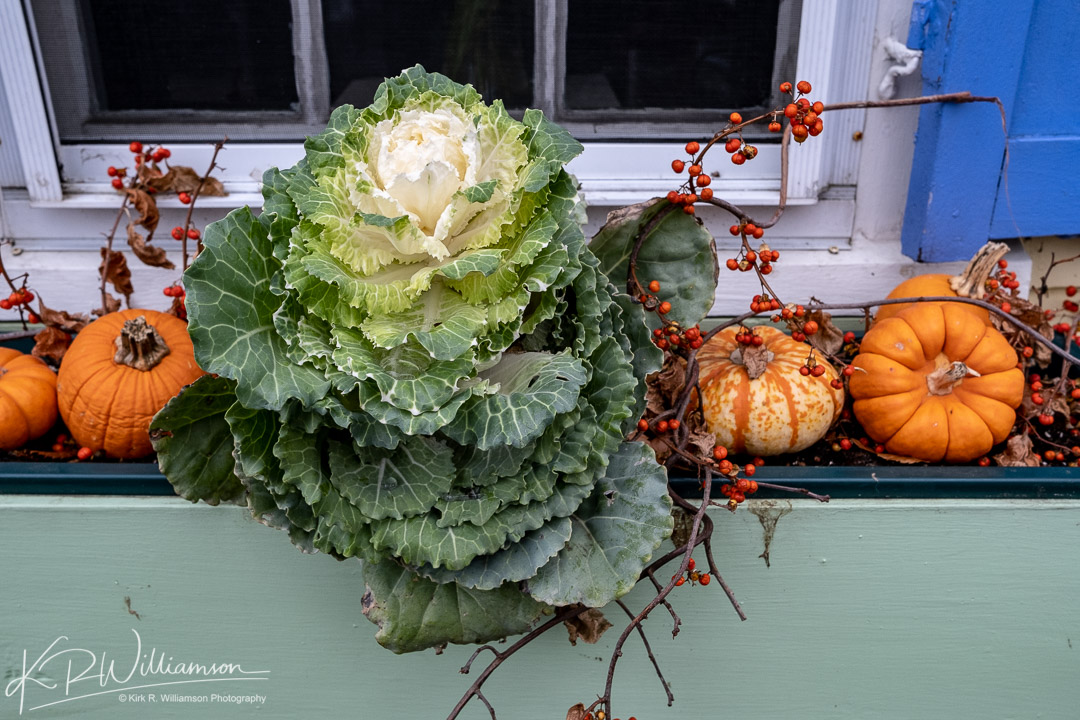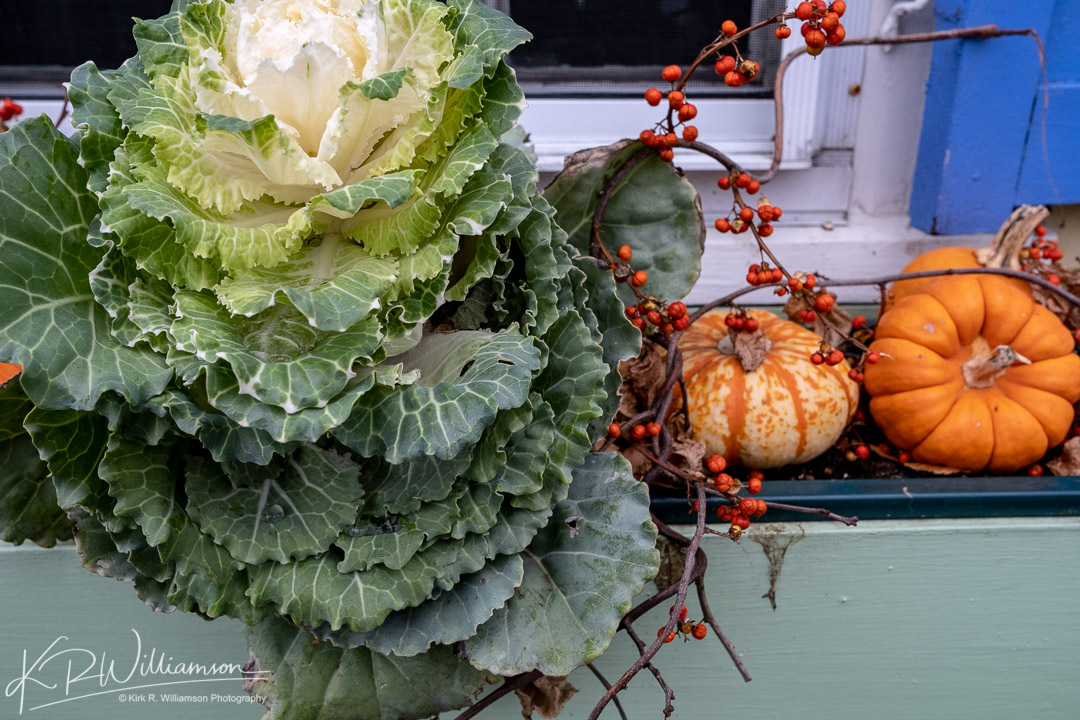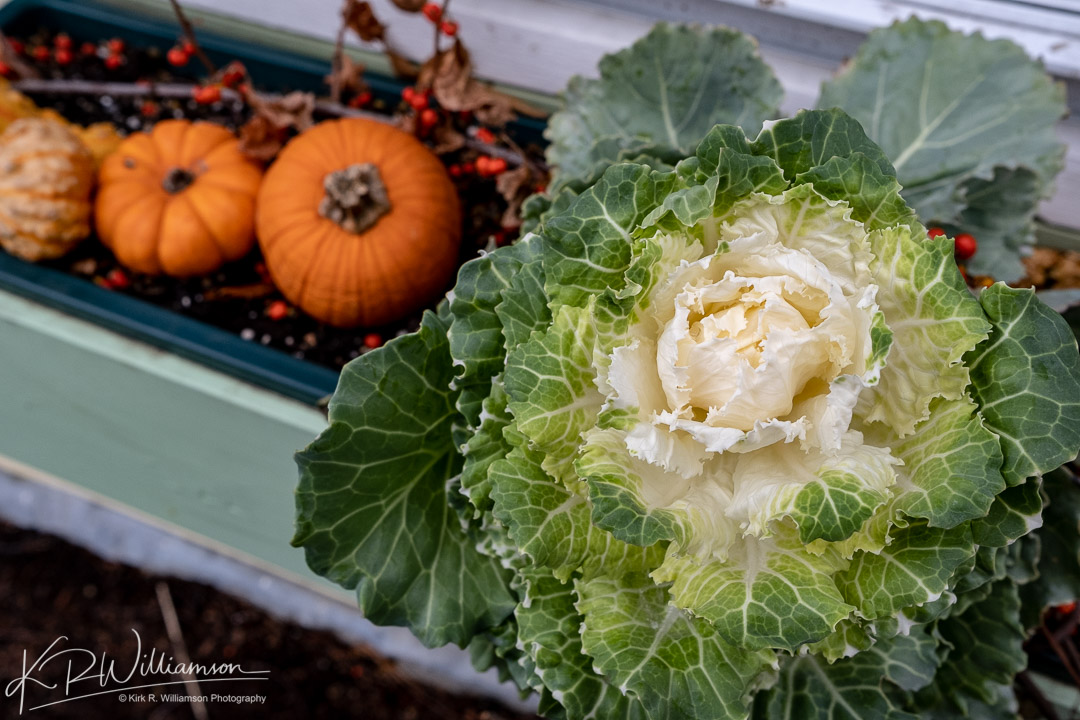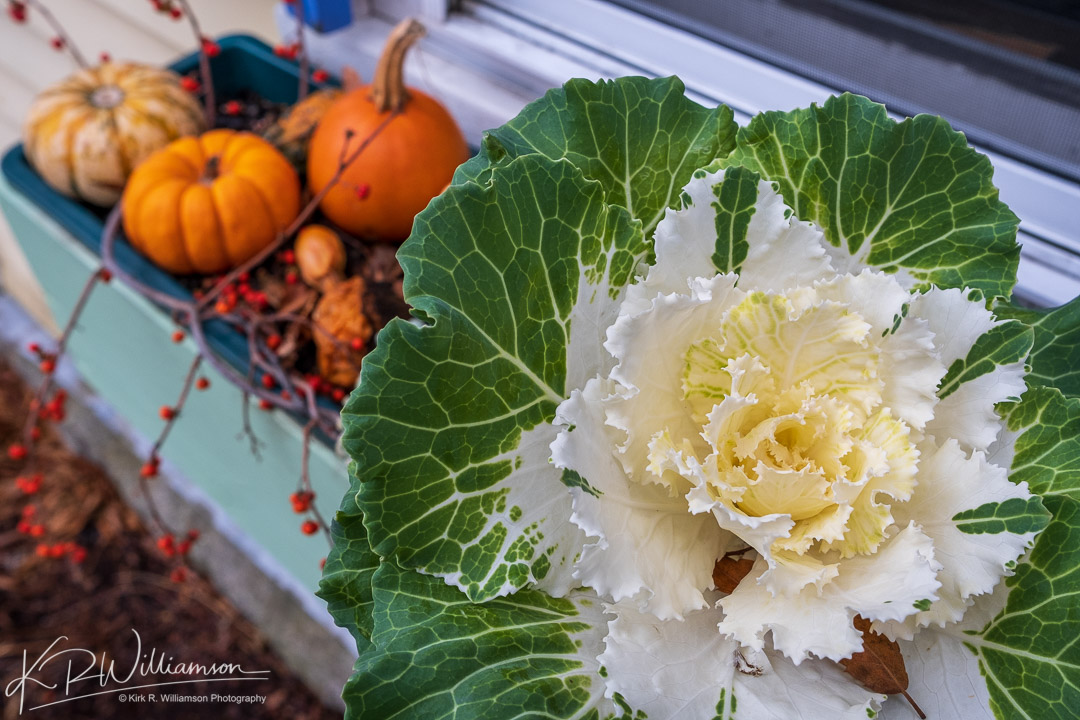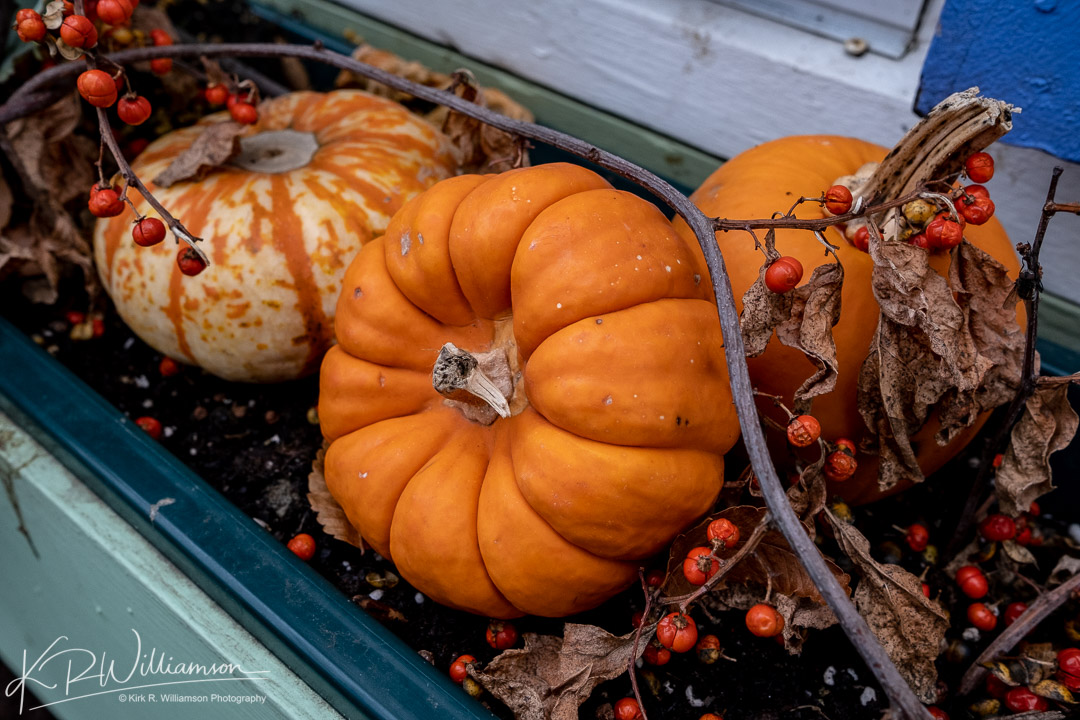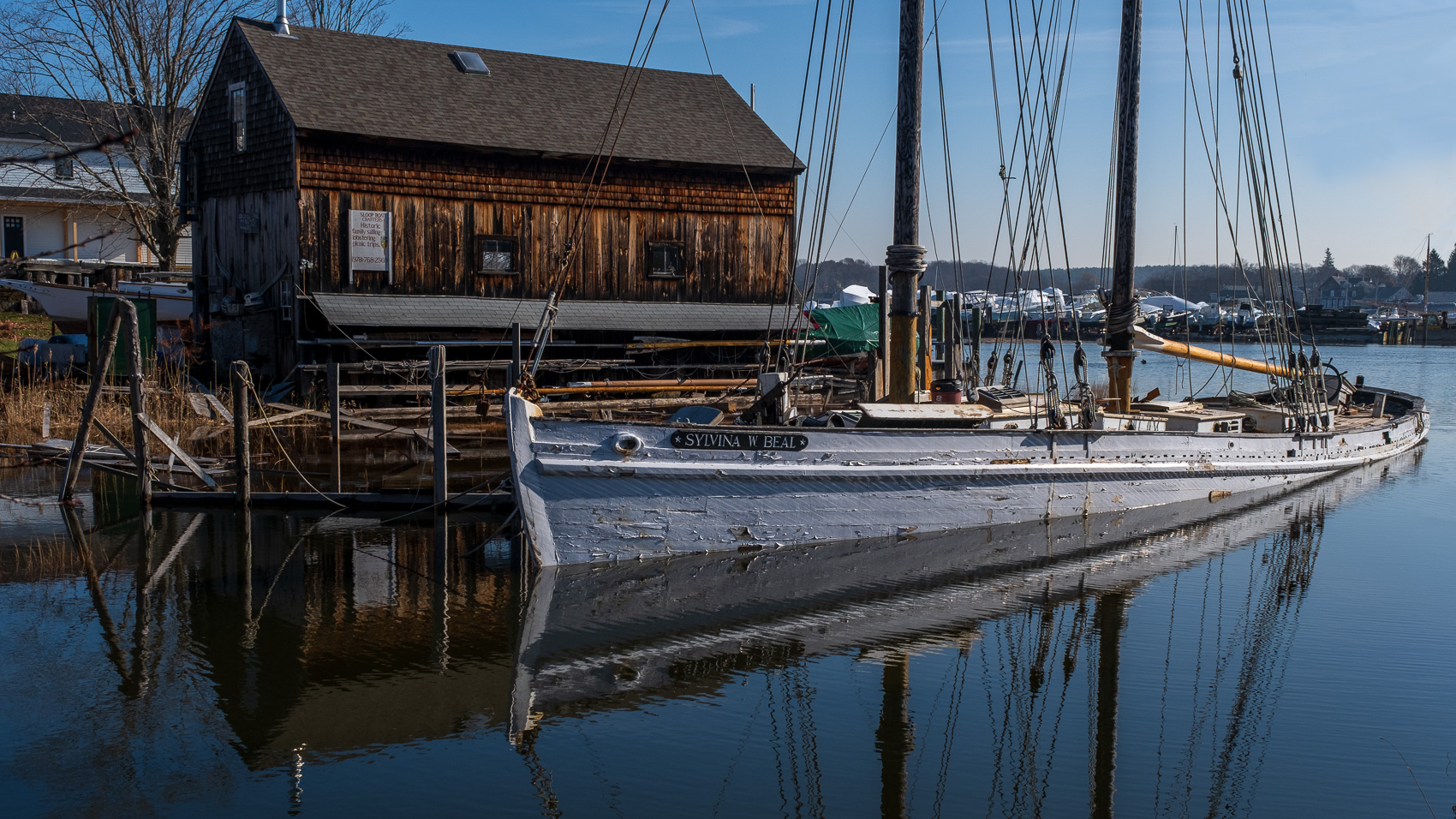
Harold Burnham is going to rehab this old schooner the Sylvina W. Beal over the next two years but for the moment she has been tied up next to his shipyard in Essex, MA. This gave me a great opportunity to check out my most versatile lens the 16-80 mm or in 35mm full frame terms 24-120mm. This is a great range and which these images will give you an idea of. The morning was very still and the water was barely moving when I arrived in Essex. The reflections were outstanding and gave me some very nice images of this vessel at high tide.
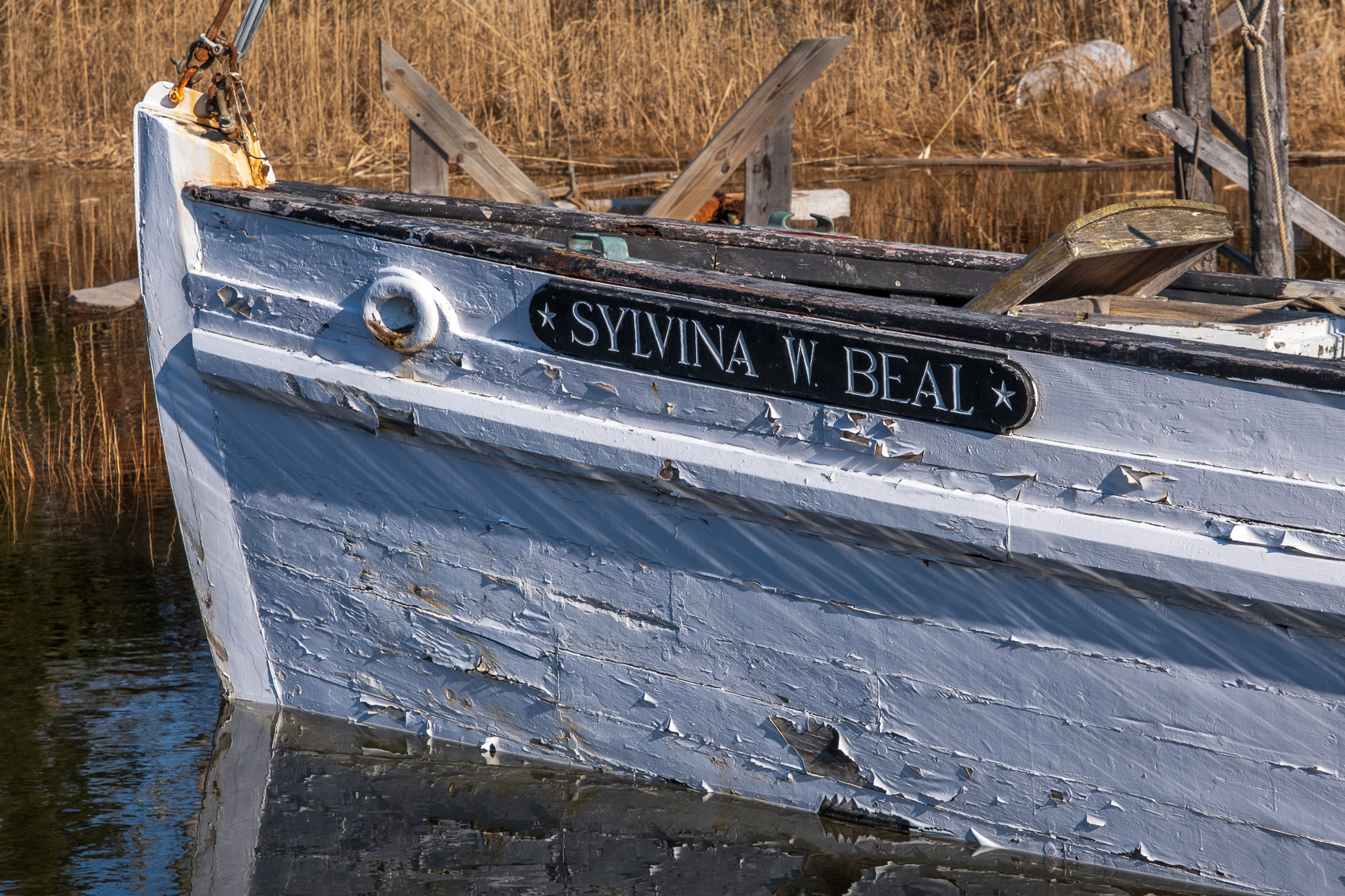
The reflections, peeling paint, and old hull made for some intriguing compositional elements. In black and white this became even more apparent.
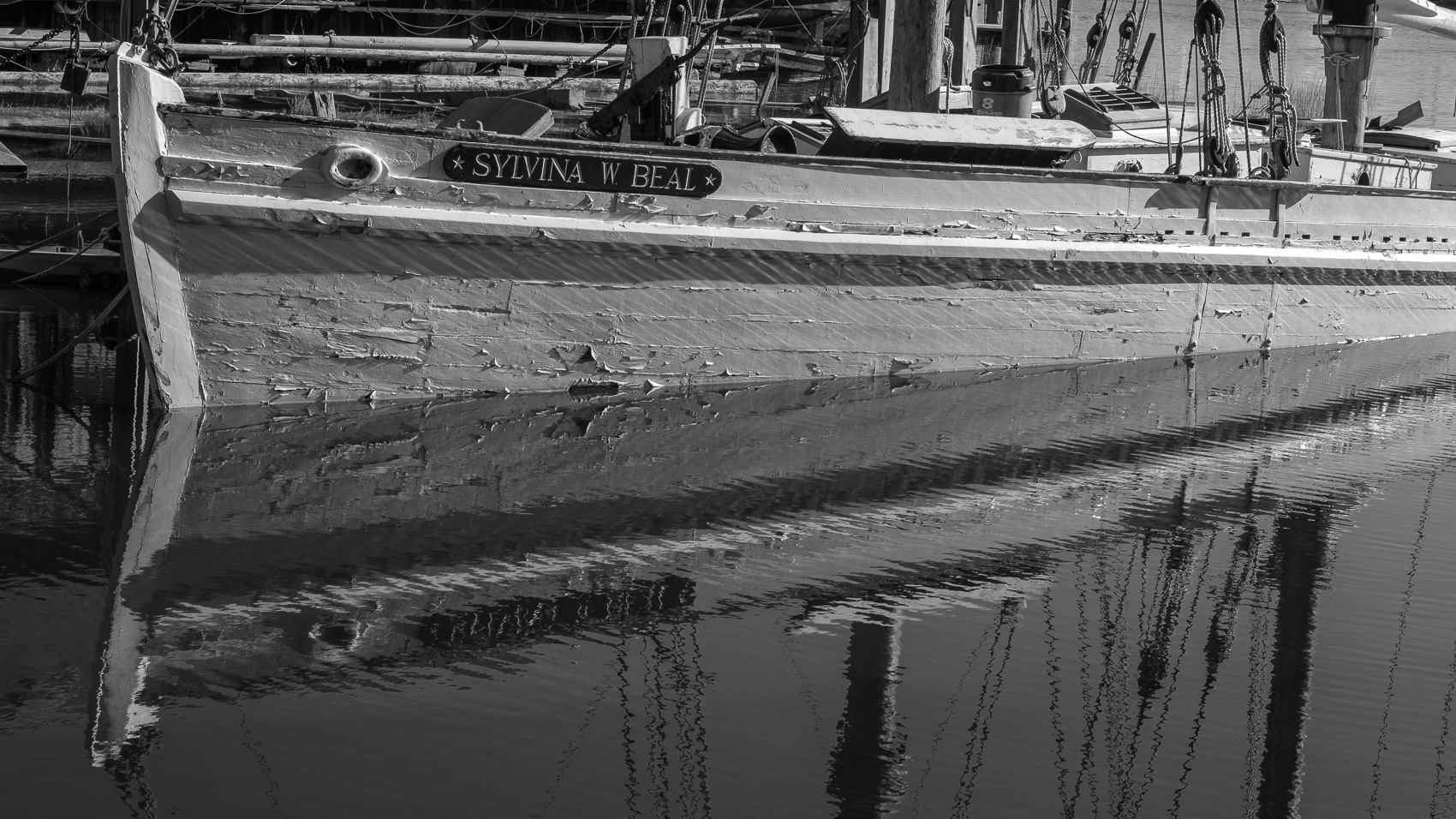
Walking around for different vantage points gave me some even more exciting images using this great all-purpose lens! I shoot mostly at the wide and long end with very little at the 35mm/50mm mark so this latitude was a true god send for this particular project.
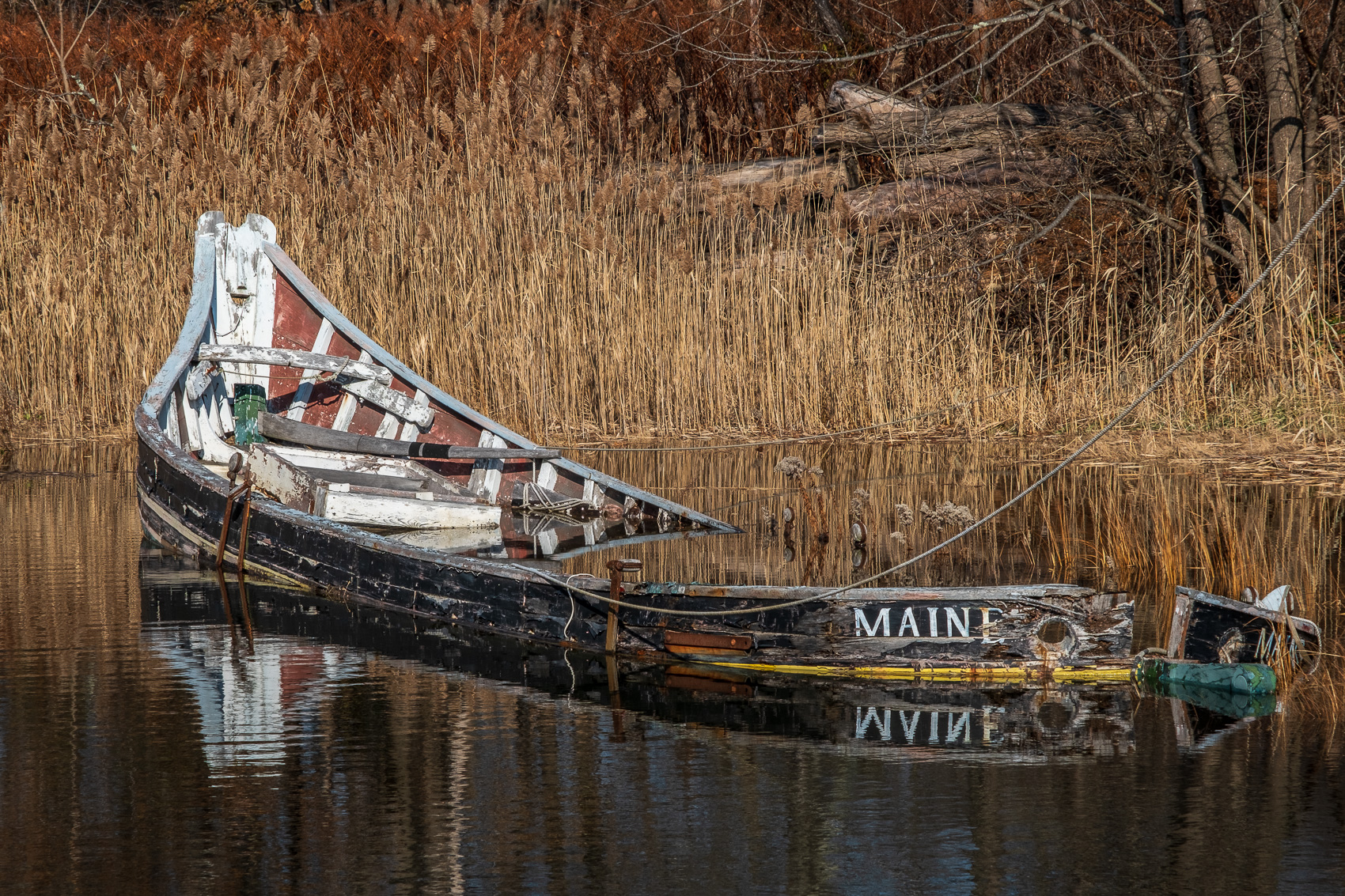
The old abandoned hull of the schooner Maine sits sunk in the mud near the Burnham Shipyard in Essex. The long throw of the 16-80 gives some nice perspective on this rotting relic.
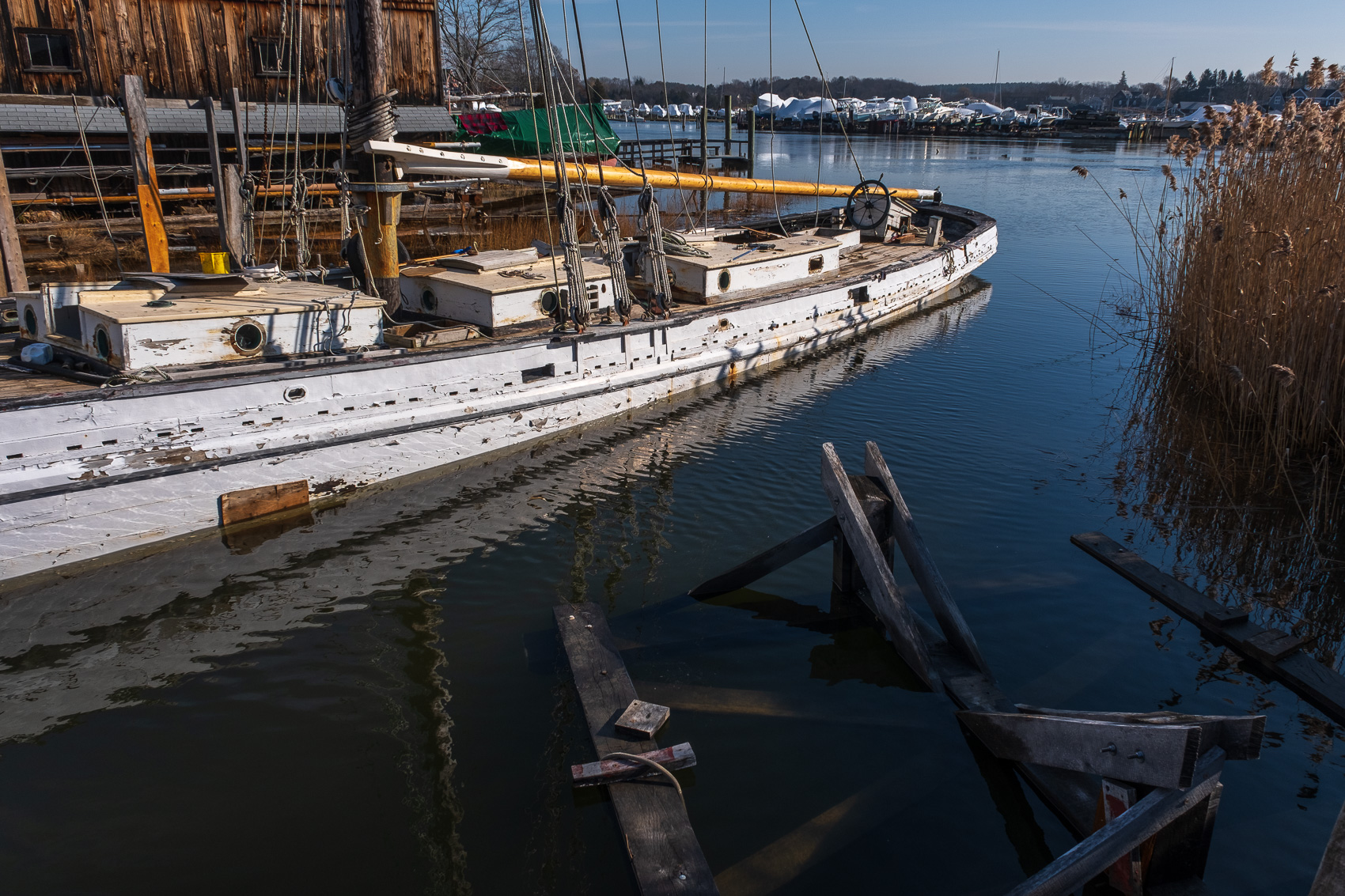
Another shot using the 16-80 at 16/24mm also gives some nice perspective. I really enjoyed the outing with this lens as I find myself using it more and more as my go to lens. Below is the video on my experience photographing the Beal.
